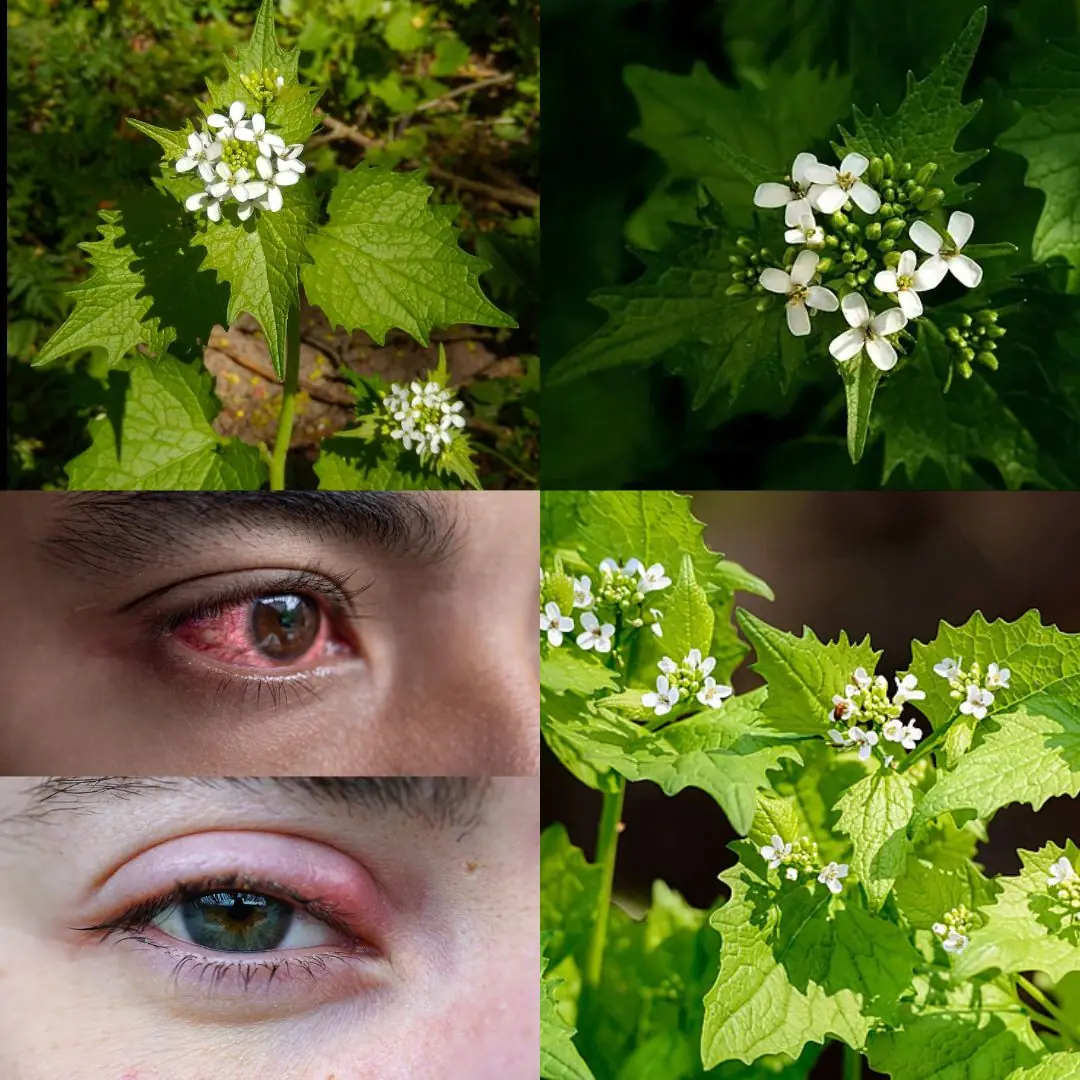
Starve cancer: the diet rotation strategy you need to know
When you first heard the words “You have cancer,” one of your immediate questions was probably:
“What should I eat?”
And if your doctor said something like, “It doesn’t matter — eat whatever you want,” you’re not alone.
But to me, that’s one of the most dangerous pieces of advice a person can receive.
The truth is simple yet powerful: what you eat can either feed cancer or help starve it.
Your diet isn’t just about calories or comfort — it’s one of the most powerful, controllable tools you have in your healing journey.
This isn’t about selling you a miracle diet, a supplement, or a secret cure. It’s about providing knowledge and a strategic framework — based on the growing body of research into the metabolic nature of cancer cells.
That said, it’s absolutely essential that you discuss any changes to your diet or lifestyle with your oncologist or healthcare provider. What follows is not a replacement for conventional treatments like chemotherapy, radiation, or surgery — but rather a complementary strategy that may help improve your body’s resilience and support your treatment outcomes.
Because the goal here isn’t false hope.
The goal is empowerment through understanding.
Key Takeaways
-
Cancer cells are metabolically inflexible:
Unlike healthy cells, many cancers rely heavily on specific fuels — most often glucose (sugar) and glutamine (an amino acid) — to grow and multiply. -
Cancer can adapt:
Starve it of one fuel for too long, and it can shift to another. That’s why a single, static diet might not work long term. -
Diet rotation is strategic:
By rotating your diet, you keep cutting off different energy sources, keeping cancer cells metabolically “off balance.” -
Fasting is a secret weapon:
Intermittent and prolonged fasting deprive cancer cells of nutrients while promoting autophagy — your body’s natural cell-cleaning process that helps healthy cells repair themselves. -
A holistic approach works best:
Diet is crucial, but it’s not everything. Vitamin D optimization, exercise, sleep, and stress management all support your body’s fight.
1. Understanding Your Enemy: What Cancer Cells Really Eat
Before you can fight an enemy, you have to understand it.
Cancer isn’t a single disease — it’s a complex collection of many, each with different traits, mutations, and weaknesses. Even within a single tumor, some cells behave differently from others.
At its core, cancer is a metabolic disease — a disorder of how cells process energy. Most cancers start when damage to the mitochondria (the powerhouses of your cells) forces cells to switch from efficient oxygen-based energy production (oxidative phosphorylation) to a more primitive, less efficient form called fermentation. This switch makes cancer cells dependent on specific fuel sources.
The fuels cancer cells crave most:
-
Glucose: The primary fuel for many fast-growing cancers such as breast, colorectal, brain, and lung cancers. Cancer cells consume sugar at up to 10x the rate of normal cells.
-
Glutamine: An amino acid that acts as both fuel and building block. Many cancers rely on it when glucose is low.
-
Lipids (fats): Some hormone-driven cancers, such as prostate and certain breast cancers, can adapt to use fats for energy.
-
Branched-Chain Amino Acids (BCAAs): A smaller group of cancers, including some liver types, can feed on BCAAs when other fuels are restricted.
Understanding your cancer’s metabolic profile — what fuels it prefers — is the foundation of a dietary strategy designed to weaken it.
2. The Problem With a “One-Size-Fits-All” Diet
When people first learn that cancer thrives on sugar, their instinct is to cut out carbohydrates completely and go ketogenic (a low-carb, high-fat diet). This can be an excellent first move. It reduces glucose, forcing cancer cells into an energy crisis.
However, there’s a catch.
Cancer is incredibly adaptive — it can evolve in real time. If you consistently deprive it of glucose, the most aggressive cancer cells may learn to use glutamine or fats instead. It’s similar to bacteria becoming resistant to antibiotics.
That’s why many people experience early improvements on a strict diet — but later see those results fade. The cancer cells that survive the first dietary shift become stronger, smarter, and harder to kill.
The solution?
Don’t let cancer get comfortable.
You must stay one step ahead by changing the metabolic environment faster than cancer can adapt.
3. The Core Strategy: Diet Rotation and Fasting
Here’s where things get truly strategic.
Instead of sticking to one diet forever, you rotate through multiple diets, each targeting a different metabolic weakness.
Imagine your tumor has cells that depend on glucose and others that depend on glutamine.
You might begin with an anti-glucose phase (ketogenic diet) for 10–14 days to deprive the sugar-hungry cells. Then, before the glutamine-dependent ones gain strength, you switch to an anti-glutamine phase — usually a mostly plant-based, lower-protein plan — for 4–5 days.
This constant rotation prevents any single population of cancer cells from dominating.
Fasting: The Amplifier
Fasting magnifies the effects of diet rotation.
-
Intermittent fasting (eating within a limited window each day) starves cancer cells daily.
-
Prolonged fasting (24–72 hours or longer, under supervision) triggers deep autophagy, recycling damaged or cancerous cells while rejuvenating healthy ones.
A dynamic rotation — with random fasting intervals — creates a metabolic maze that cancer cells can’t easily escape.
4. How to Rotate Your Diets: Practical Frameworks
The right rotation depends on your cancer type and metabolic profile. Work with your doctor and, if possible, request genetic or metabolic testing of your tumor.
Here are general examples:
🔹 For Glucose/Glutamine-Dependent Cancers
(e.g., Glioblastoma, Colorectal, most Lung Cancers)
-
10–14 days: Strict ketogenic diet (very low carb, moderate protein, high healthy fats).
-
4–5 days: Anti-glutamine phase (mostly plant-based, low-protein, avoids high-glutamine foods like soy, peanuts, and dairy).
-
Repeat the cycle.
🔹 For Lipid-Dependent Cancers
(e.g., some Prostate Cancers)
-
2–3 days: Low-carb, anti-glucose phase.
-
10–14 days: Anti-lipid phase (lower total fat, with emphasis on anti-inflammatory omega-3s).
🔹 For BCAA-Dependent Cancers
(e.g., some Liver Cancers)
-
5–7 days: Anti-glucose diet.
-
7–10 days: Low-BCAA, mostly plant-based diet emphasizing grains, vegetables, and limited legumes.
These cycles keep the cancer metabolically unstable while providing your body with essential nutrients and anti-cancer phytonutrients like sulforaphane (from cruciferous vegetables), resveratrol (from berries), and curcumin (from turmeric).
5. What About Ketones and Advanced Cancers?
There’s an important caveat: in some advanced or aggressive cancers, cells can adapt to use ketones — normally a clean, efficient fuel for healthy cells — as an emergency energy source.
In such cases, a standard ketogenic diet may not be ideal. Instead, a patient may rotate between anti-glutamine and anti-ketone diets — both predominantly plant-based and lower in protein — to prevent this adaptation.
Fasting plays a critical role here. Although fasting increases ketone production, research suggests therapeutic fasting ketones don’t feed cancer in the same way as dietary ketones. In fact, longer fasts (3–7 days, under medical supervision) can significantly weaken tumors while strengthening immune response.
6. Beyond Diet: Strengthening Your Internal Terrain
Food is powerful, but it’s only one weapon in a much larger arsenal.
To truly weaken cancer, you must fortify your body from multiple angles.
☀️ Optimize Vitamin D
Cancer cells often block vitamin D receptors to protect themselves.
Keeping blood levels between 80–100 ng/mL through sun exposure and supplementation supports immune surveillance and can make cancer cells more vulnerable to therapy.
🏃♀️ Exercise Intelligently
Exercise oxygenates your tissues — and cancer hates oxygen.
Even light daily movement (walking, resistance bands, stretching) improves circulation, insulin sensitivity, and immune function.
🧘 Manage Stress
Chronic stress floods the body with cortisol, which suppresses immunity and increases inflammation. Mindfulness, deep breathing, and gratitude practices all help restore internal balance.
🔁 Strategic Fasting Variations
Avoid predictable routines.
Cancer adapts to patterns — so mix it up:
-
One week: 48-hour fast
-
Next: 72-hour fast
-
Then: shorter intermittent fasting days
Unpredictability keeps cancer from finding metabolic “comfort zones.”
Conclusion: Reclaiming Power Over Your Health
A cancer diagnosis can feel like losing control. But your diet — what you choose to nourish your body with every day — is something you can control.
Food isn’t just fuel. It’s information — biochemical instructions that tell your cells how to behave.
By using diet rotation, fasting, and lifestyle optimization, you’re not just supporting treatment — you’re actively reshaping the terrain cancer depends on to survive.
Remember, this isn’t about rejecting modern medicine. It’s about partnering with it — combining the best of both worlds: science and strategy, medicine and mindset.
You are not powerless.
You are adaptable — just like your body.
And when you combine knowledge with action, you give yourself the best chance to heal, thrive, and live fully.
Because cancer may be clever — but you can be smarter. 💪
News in the same category


SHOCKING NEW STUDY REVEALS WHAT MIGHT BE SILENTLY DESTROYING HUMAN FERTILITY

POPULAR SHAMPOO URGENTLY RECALLED BECAUSE IT CONTAINS BACTERIA THAT KILLS UP TO ONE IN TEN PATIENTS

Nurse who's witnessed 'so many deaths' explains spine-chilling moment she realised 'what happens after we die'
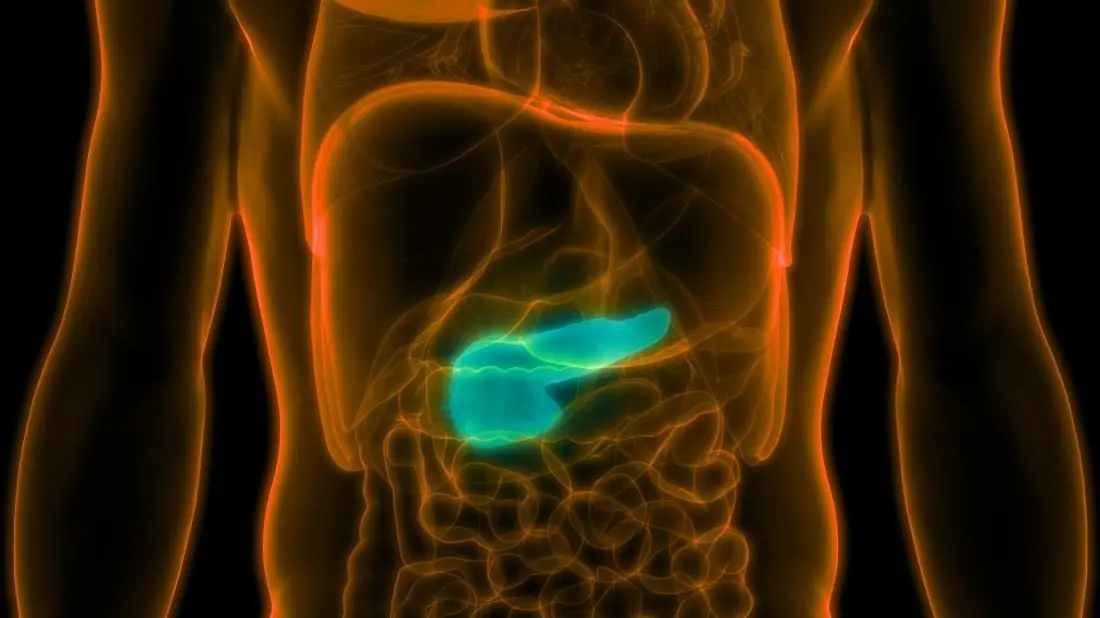
The influenza flu virus is being used to cure pancreatic cancer

Eye Doctor Reveals What To Do If You Start Seeing ‘Floaters’
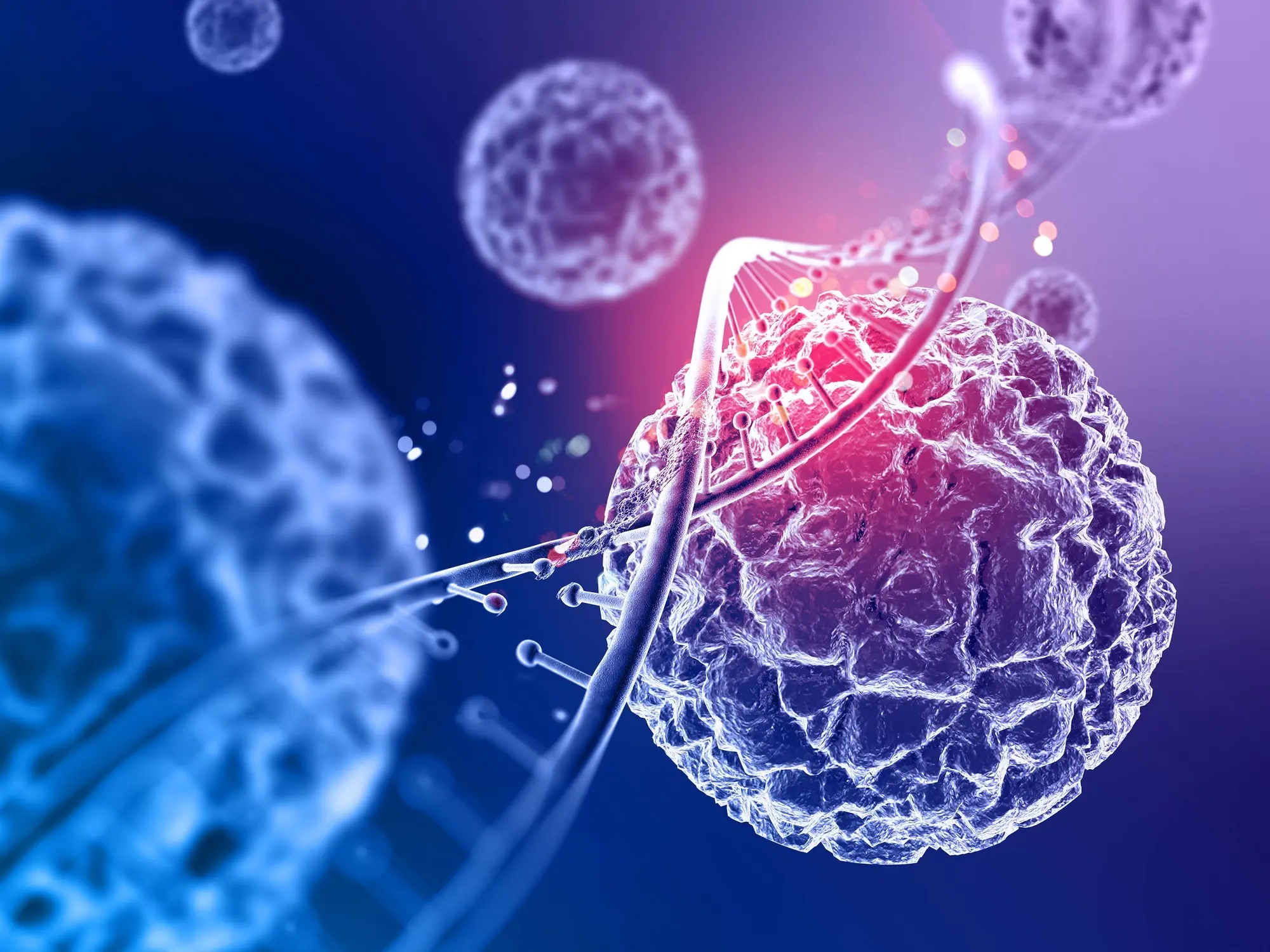
If cancer cells are present in the body, these 3 symptoms often appear in the morning everyone should pay attention
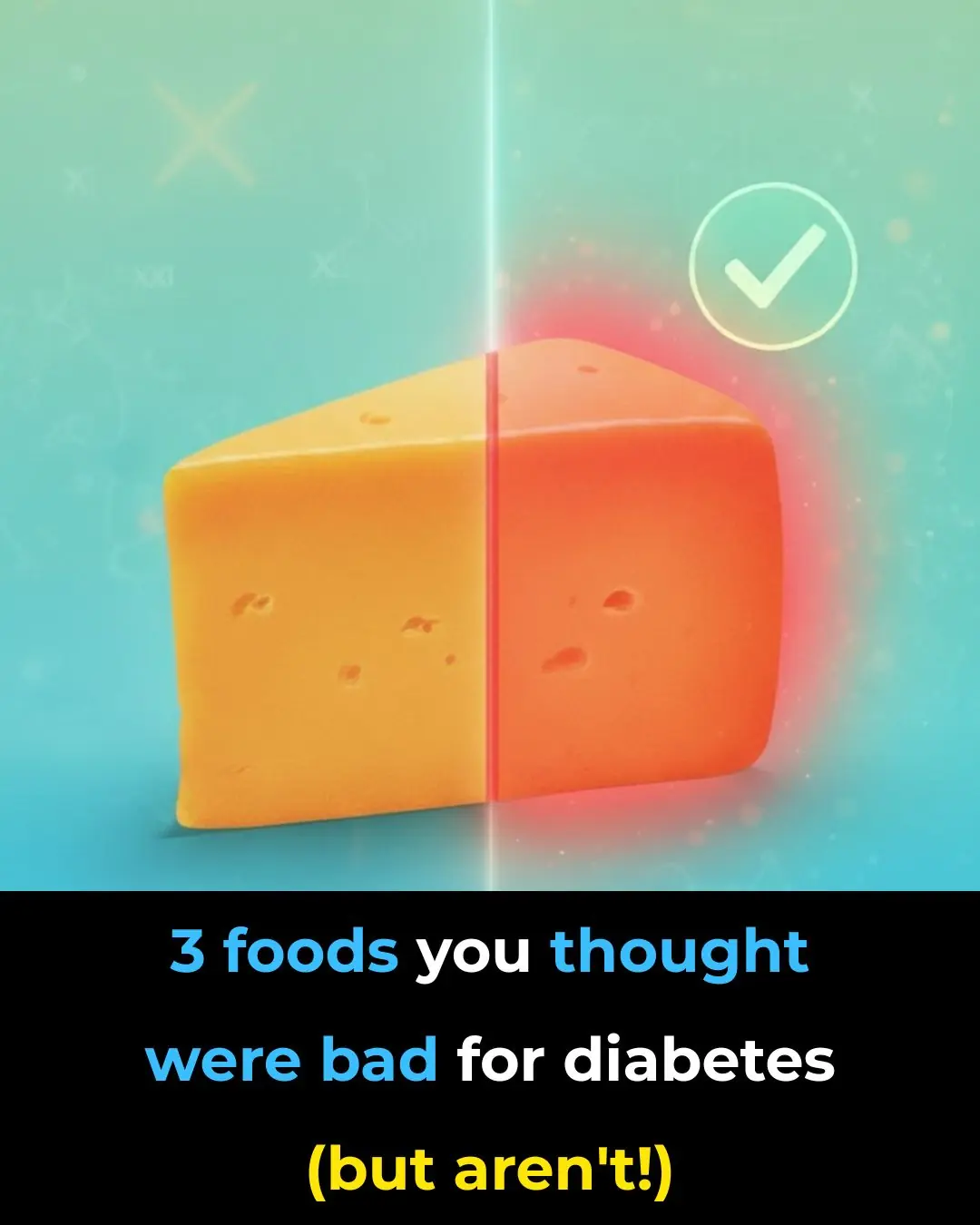
3 foods you thought were bad for diabetes (but aren’t!)
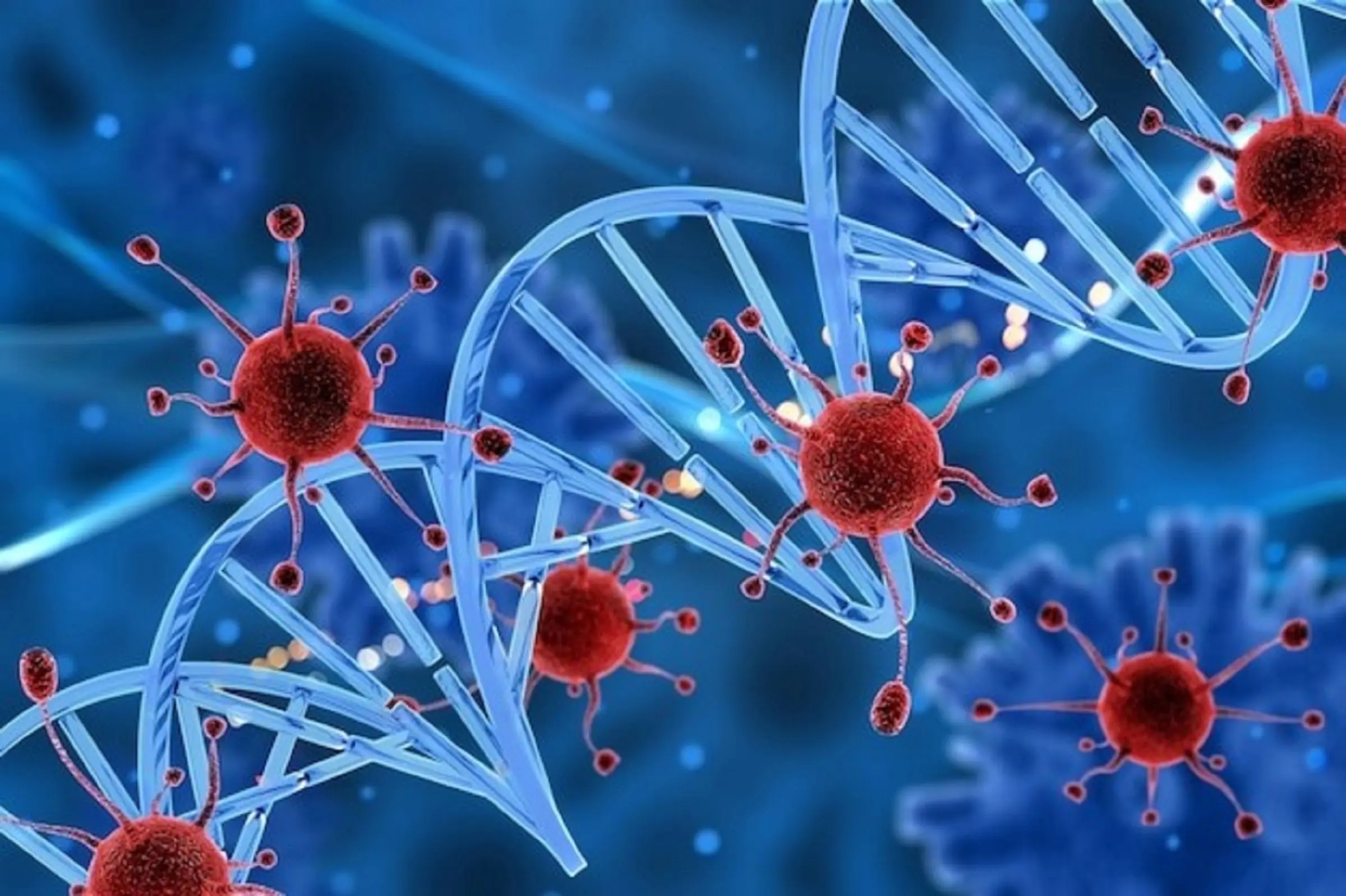
CANCER IS PAINLESS AT FIRST, BIT IF YOU SEE THESE 8 SIGNS WHEN GOING TO THE TOILET, YOU SHOULD SEE A DOCTOR IMMEDIATELY

Sleeping Naked: 8 Surprising Benefits

What Happens To Your Skin When You Rub An Ice Cube On Your Face
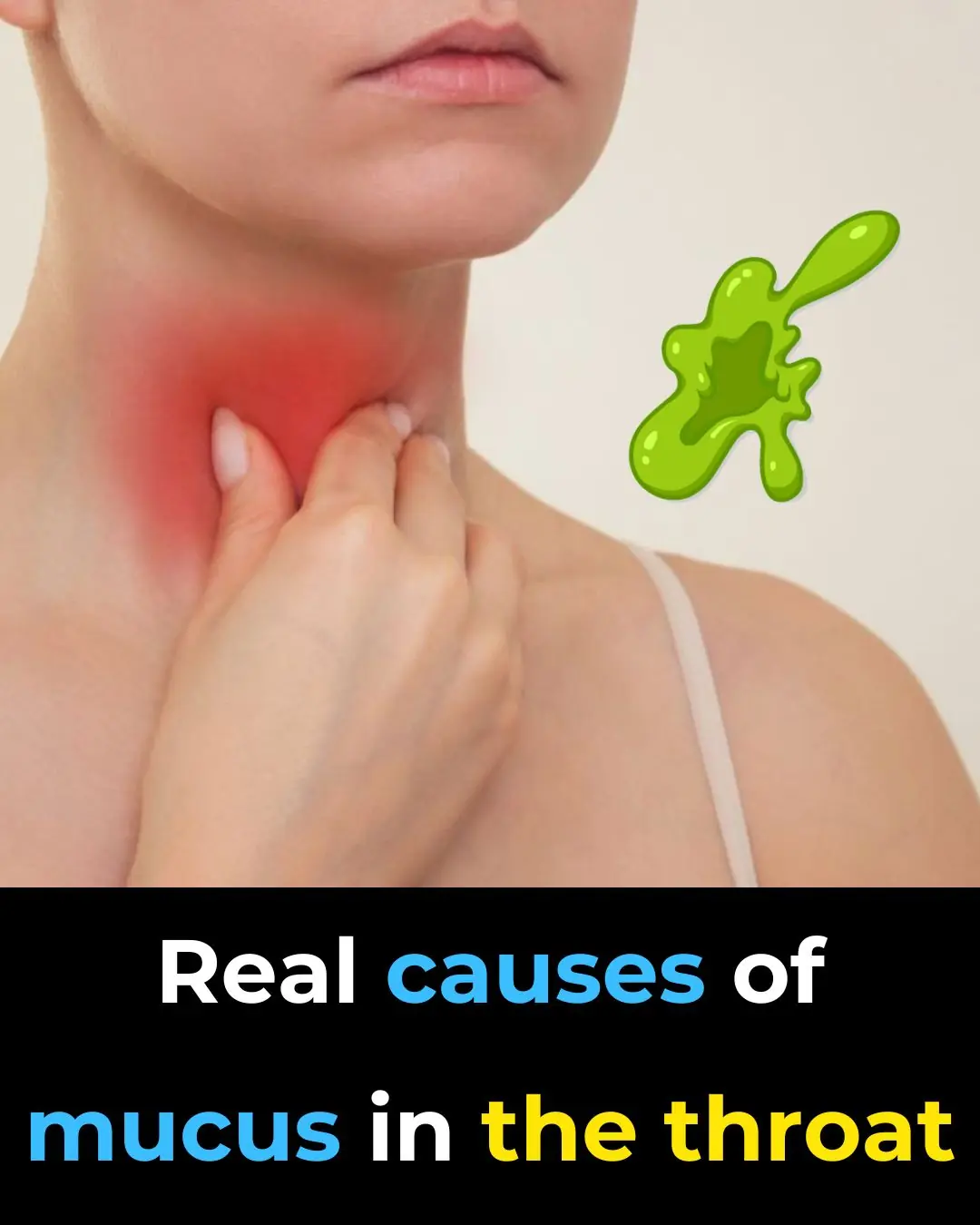
🤢 The Real Causes of Constant Phlegm and Mucus in Throat — And How to Get Rid of It
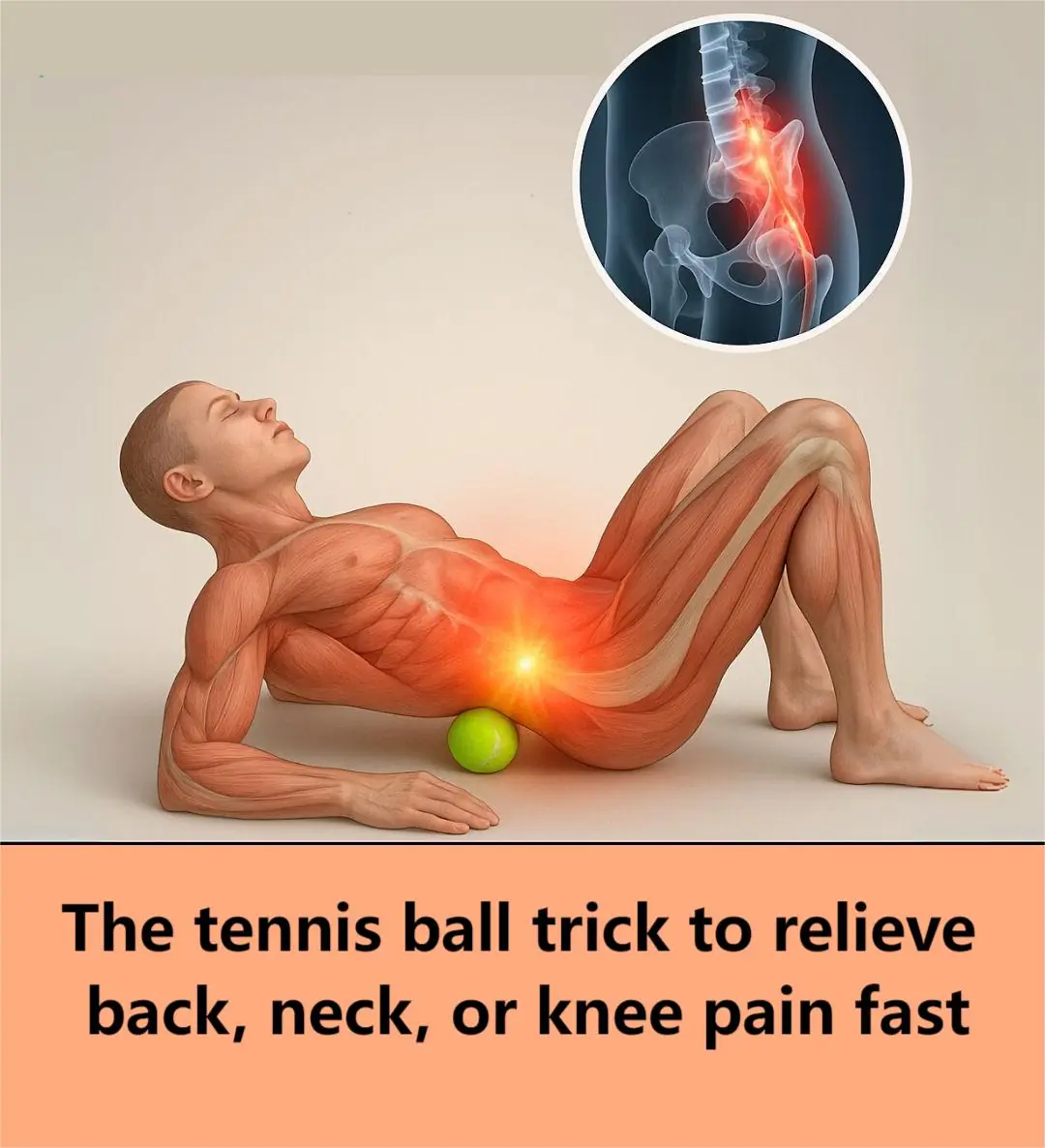
The Tennis Ball Trick That Can Relieve Back, Neck Or Knee Pain In Seconds
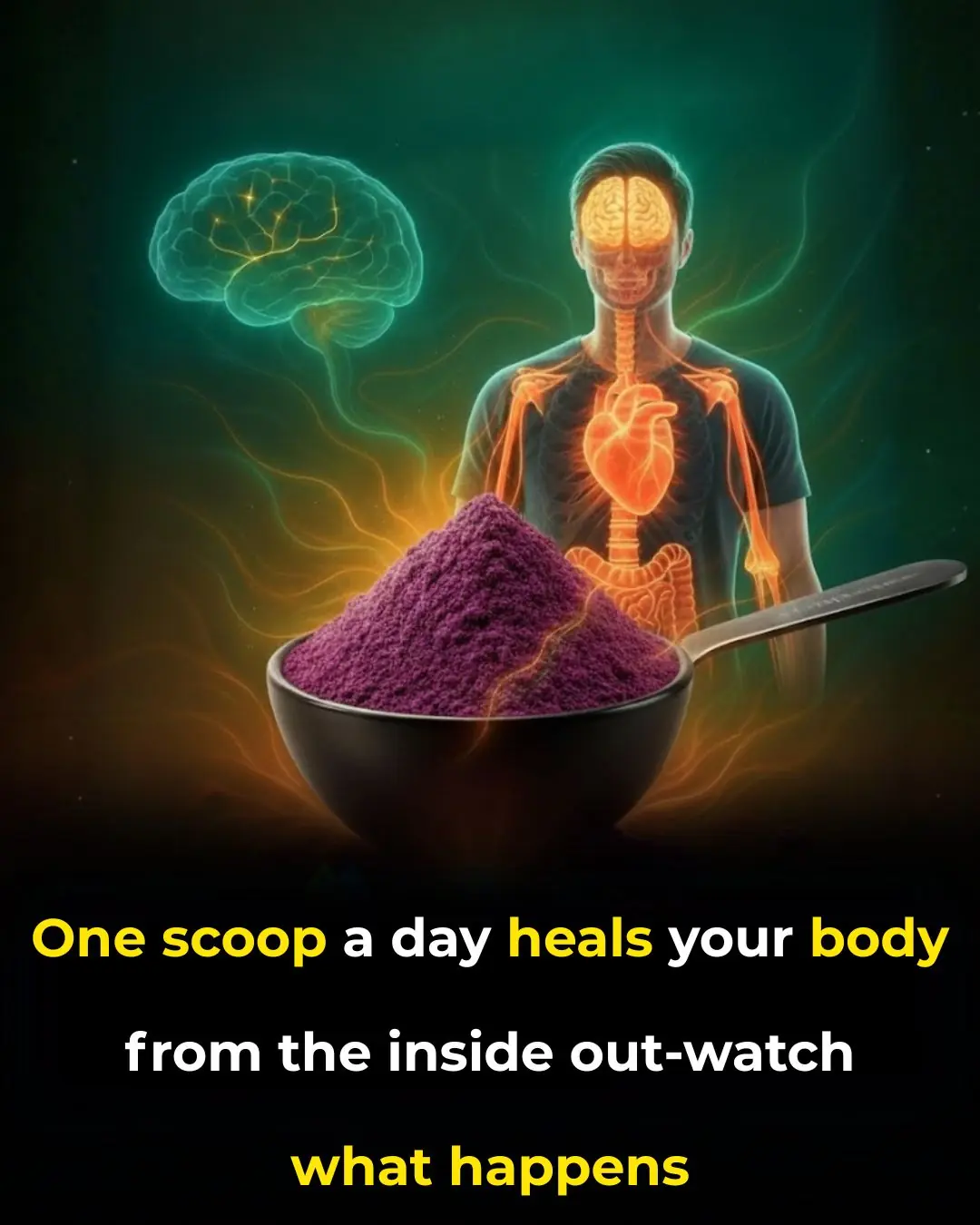
One scoop a day heals your body from the inside out — watch what happens
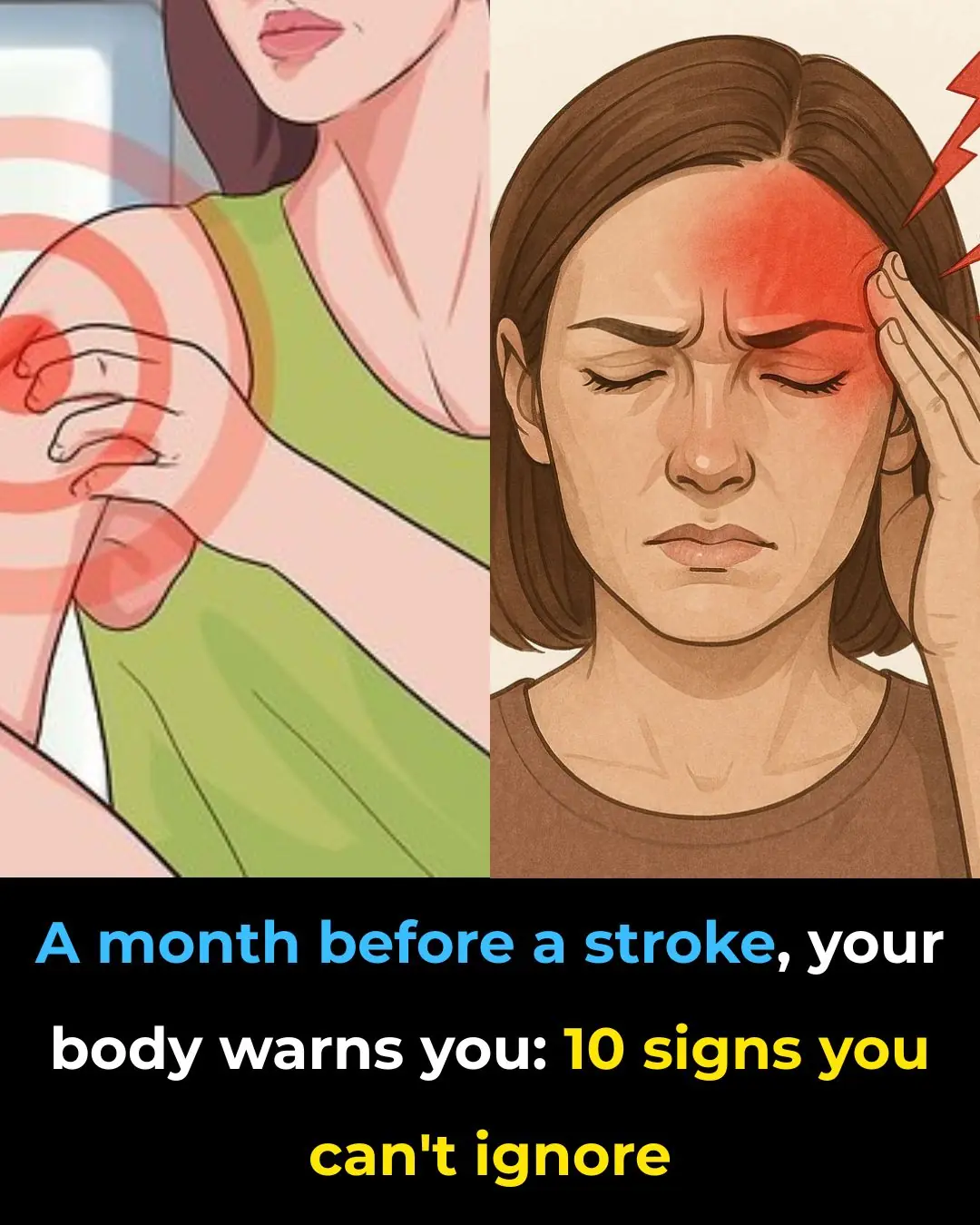
🧠 A Stroke Can Happen Suddenly — But Your Body Might Send Early Warnings (Know the Signs)

Are You Being Lied To About What Your Blood Pressure Should Be? — Read This Before You “Chase the Number”
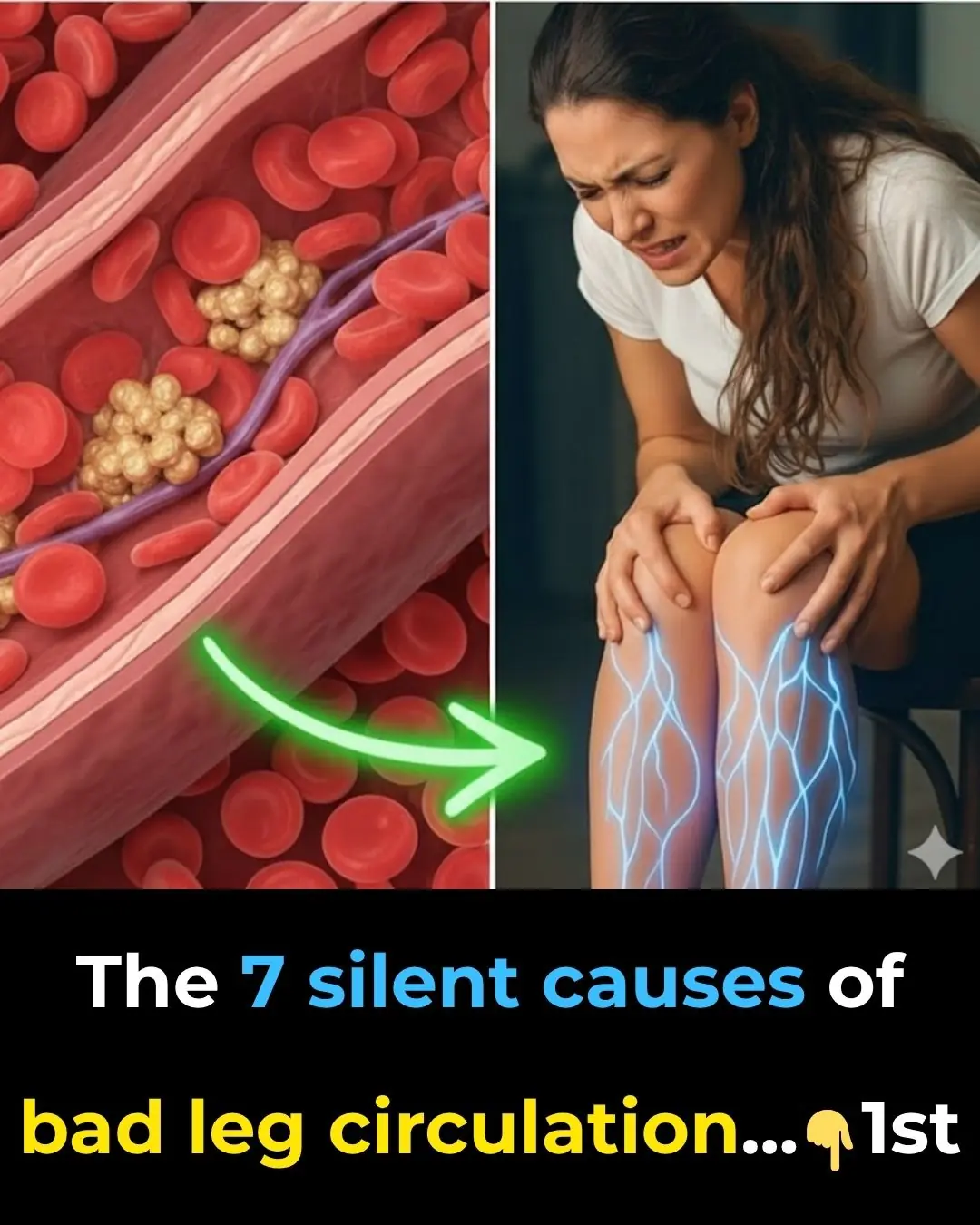
The 7 silent causes of bad leg circulation
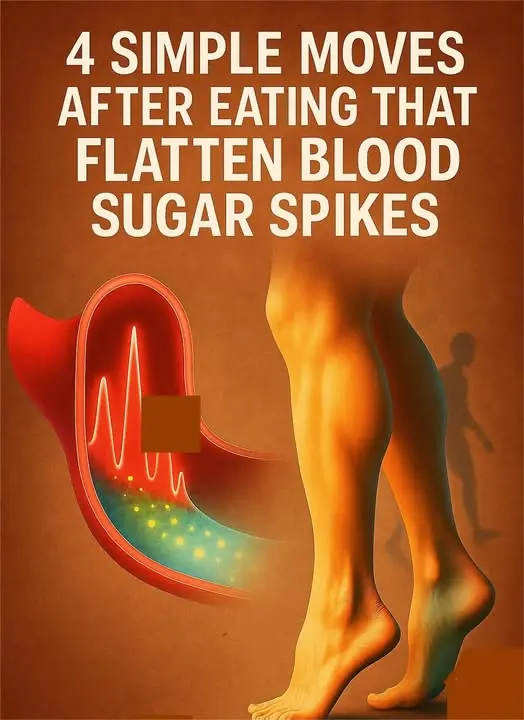
4 simple moves after eating that flatten blood sugar spikes

This Miraculous Drink Will Work Wonders for Your Thyroid
News Post

5 Amazing Benefits Of Aloe Vera Gel For Skin: Large Pores, Dark Spots, Wrinkles

Clove & Lemon Collagen Drink: Wrinkle Free, Glowing Skin

Unlock Your Body’s Hidden Power: Try Garlic and Honey on an Empty Stomach for 7 Days

Tragus Piercing What Does It Mean
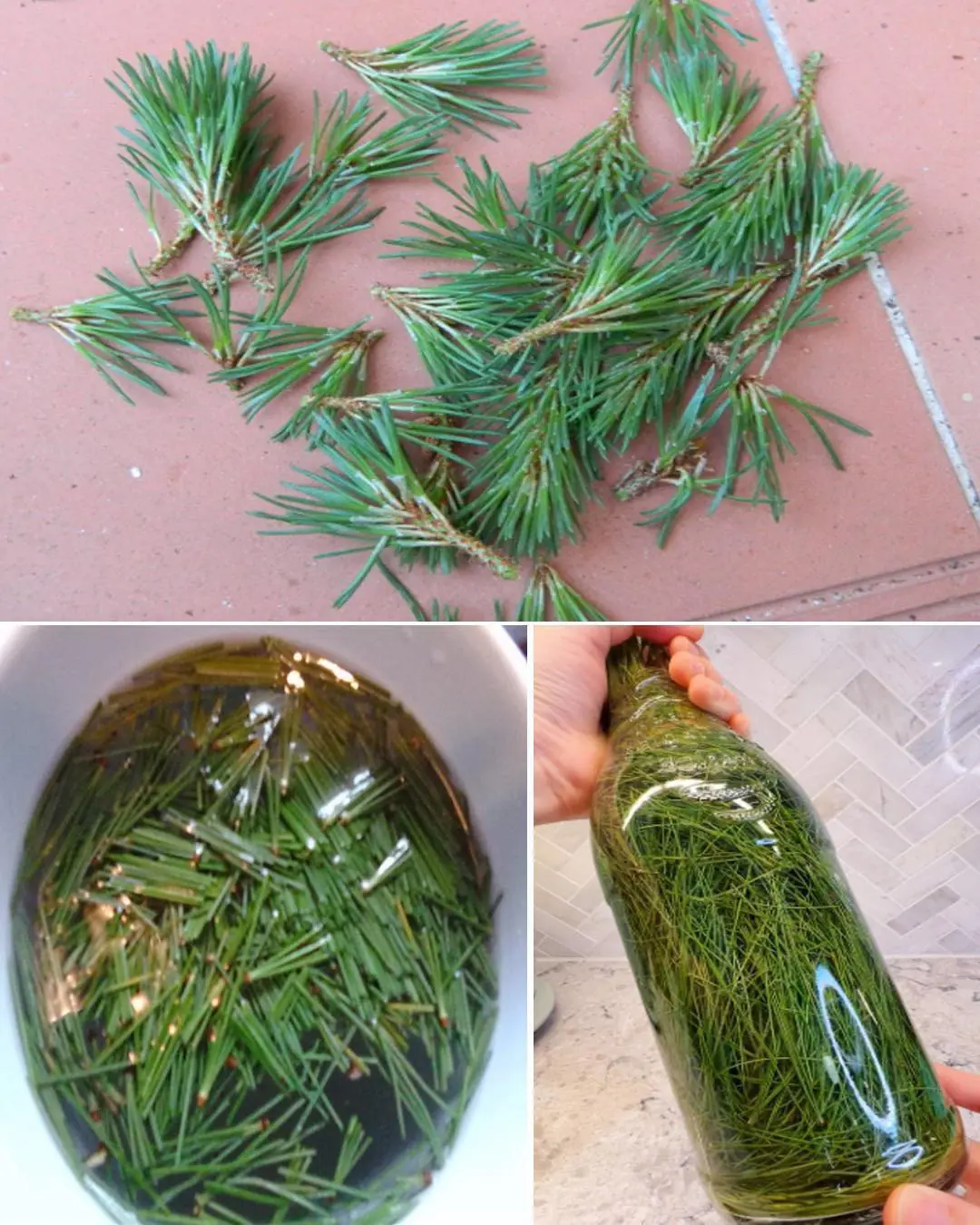
9 Health Benefits of Pine Needles

Unlock The Incredible Health Benefits of Garlic, Ginger and Lemon for Men

A special method to grow garlic in plastic bottles

7 Benefits of the Miracle Leaf of Life

7 Amazing Health Benefits of Banana Blossoms

Boiling Sweet Potatoes: Don’t Just Add Plain Water—Add This Spoonful for Perfectly Fluffy, Sweet Results

The Science Behind Putting a Cotton Swab in a Menthol Oil Bottle
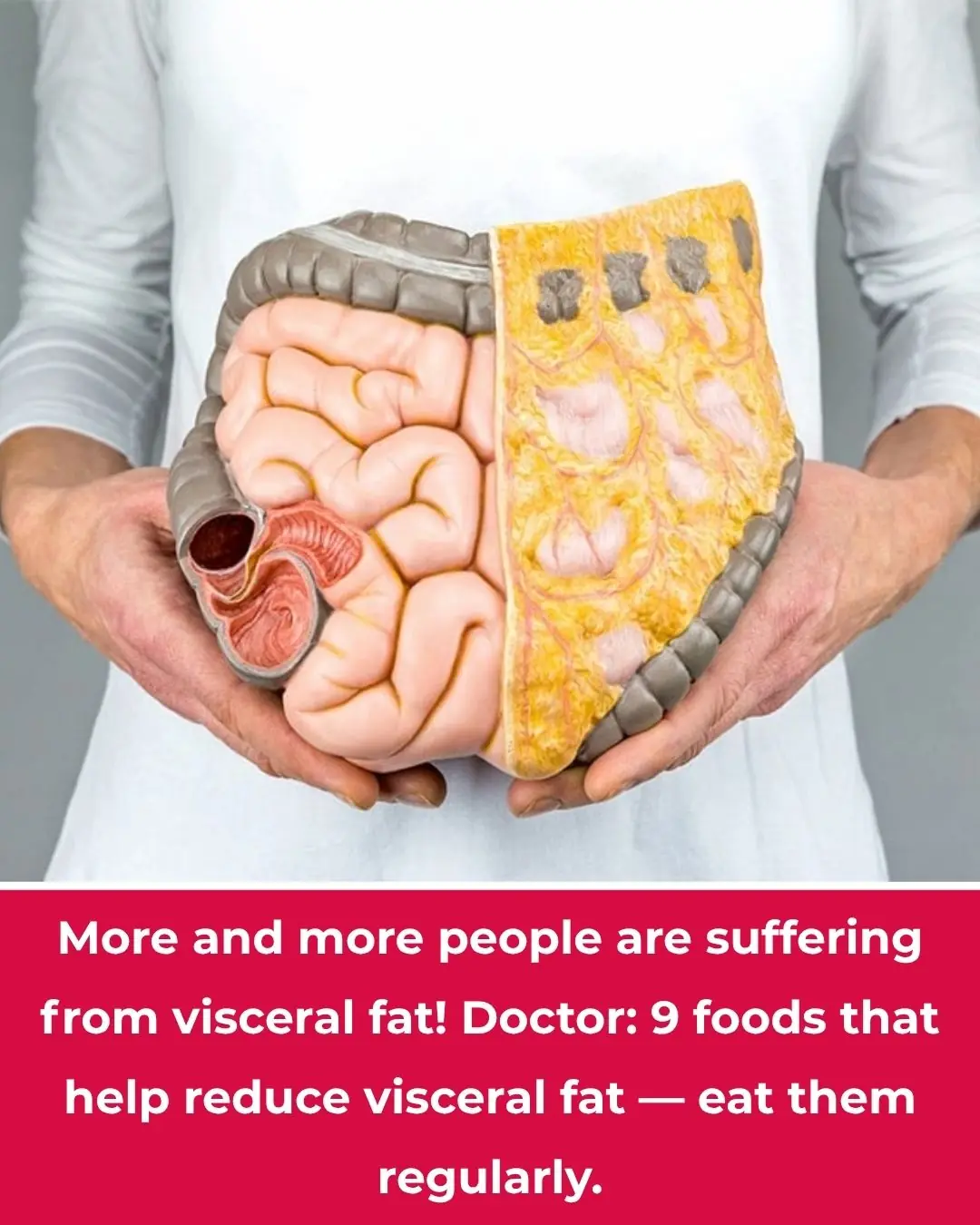
More People Are Struggling with Visceral Fat — Doctors Reveal 9 Foods That Help Burn It Naturally
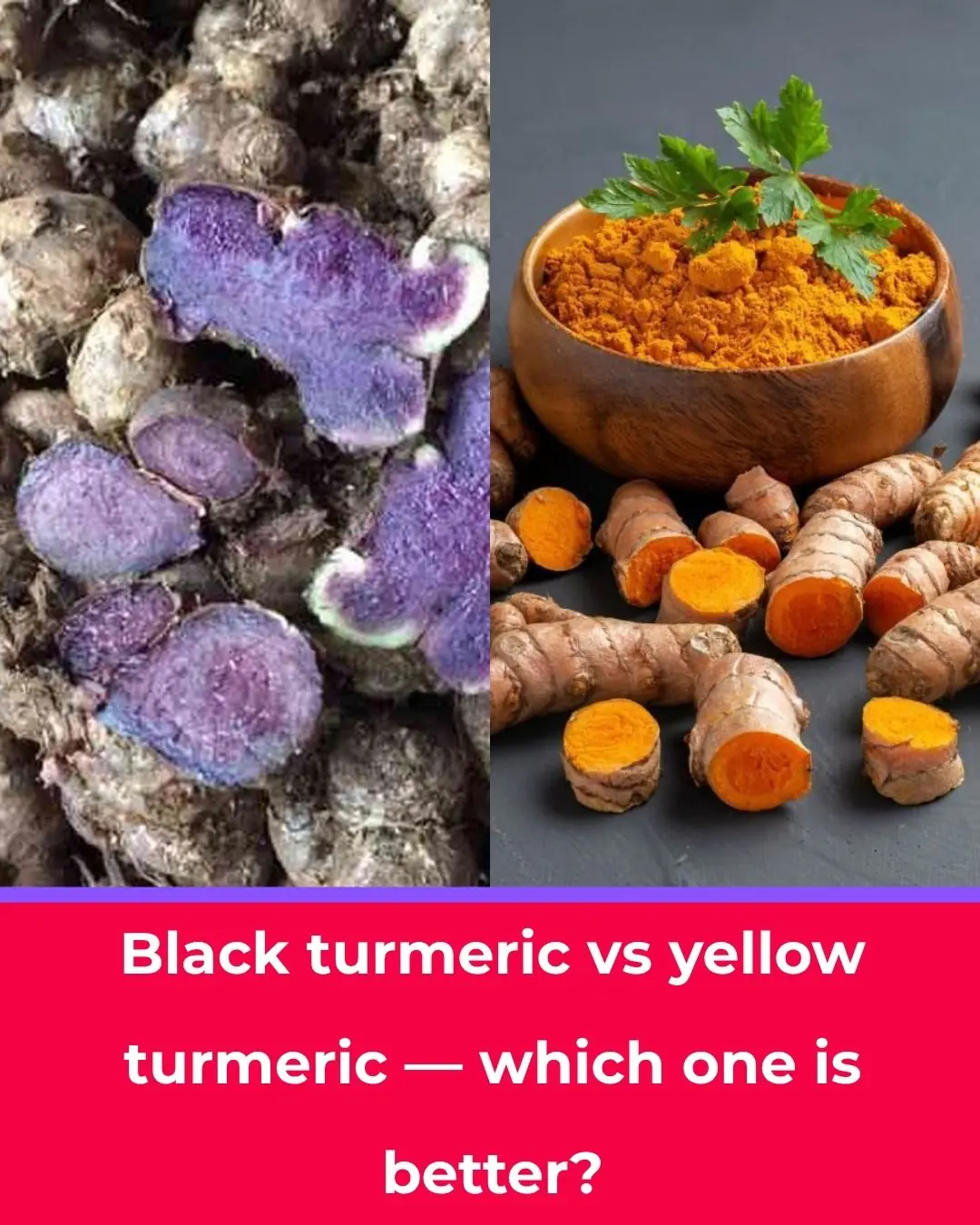
Black Turmeric vs. Yellow Turmeric: Which One Is Better?

Like to see more from Tips for the Home

💪 Sarcopenia: Why Muscle Loss Happens & How to Fight It (After 50)

I Had No Idea About This!

These Ideas Are Amazing: 10 Clever Ways to Use Dryer Sheets Beyond the Laundry Room

Most Don’t Know: 13 Brilliant Ways to Use WD-40 Around the House
